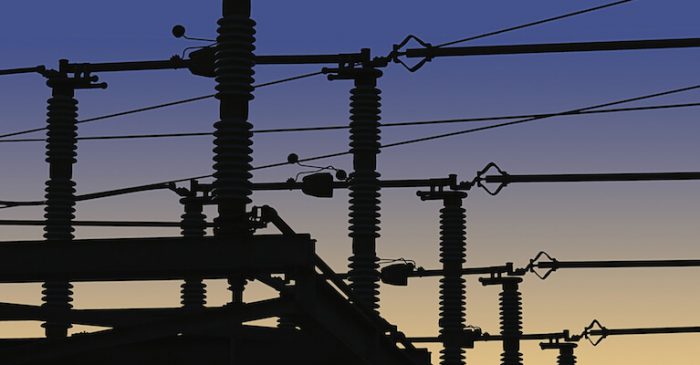Jesse Remillard and Nick Collins, ERS, for Zondits
During the fall 2016 elections, Maine, Massachusetts, Nevada, and California legalized recreational cannabis, and three other states legalized it for medical use. This brought the total number of states allowing the sale and use of recreational marijuana to 8, with another 28 allowing it for medicinal use. Each of these states represents an expanding market for cannabis, and the electric load growth associated with indoor growing facilities in response to these markets will be significant.
According to a recent study by Evergreen Economics, Seattle Light and Power estimates a 3% increase in overall electric demand as a result of legal cannabis production, and a utility interviewee from Colorado estimated that the total load growth for the state attributable to cannabis production since 2013 was between 0.5% and 1%. In 2015, Bloomberg researchers estimated that cannabis grow facilities made up almost 50% of the new demand for power in Colorado. These studies show that legislation to legalize cannabis has a noticeable impact on electric grid utilization.
[mks_pullquote align=”left” width=”300″ size=”18″ bg_color=”#8224e3″ txt_color=”#ffffff”]Falling product prices will drive the need for more competitive operation costs, which will largely be presented in the form of energy efficiency and automation.[/mks_pullquote]To illustrate this impact in another way, it is estimated that between 20% and 50% of the costs of marijuana production are energy costs, and the energy intensity of indoor cannabis production is known to be similar to data centers, at nearly 200 W/square foot. Indoor growing operations are extremely energy intensive, and, to date, very little has been done to document opportunities to reduce the energy use associated with growing cannabis indoors. This represents a great opportunity for efficiency in a rapidly expanding industry.
Indoor growing operation electric loads are dominated by lighting, dehumidification, and air-conditioning equipment, as estimated in the widely referenced work by Evan Mills (2012), “The Carbon Footprint of Indoor Cannabis Production,” published in Energy Policy. Of particular merit for the report is the transparency of the detailed model that Mills uses in making his estimations. Mills calculates that it takes approximately 13,000 kWh per year to operate a standard production module that is 4ʹ×4ʹ×8ʹ. A breakdown of the energy use for indoor cannabis production by end use from Mill’s model is shown in Figure 1.

While high production costs are sustainable in emerging markets, more mature markets have seen a substantial reduction in product prices. Since Colorado legalized marijuana in 2014, the wholesale price of cannabis in that state has fallen from $2,500/lb to about $1,000/lb. Falling product prices will drive the need for more competitive operation costs, which will largely be presented in the form of energy efficiency and automation.
The authors have interviewed seven grow facility owners, three lighting manufacturers, and two grow-shop suppliers. Interviews with VividGro LED Lighting and MSP Technology are also available on Zondits. Virtually all the growers who the authors spoke with are expanding their operations in response to the rising demand for medical cannabis, and in anticipation of increasing cannabis demand in states that recently passed recreational legalization laws. Growers express a need to expedite facility setup, but they are not typically experienced in facility management, which can lead to poor HVAC and lighting design choices. Efficiency programs have the opportunity to influence the choices and direction of this emerging industry toward more efficient designs by engaging growers and providing guidance and incentives at a critical time of expansion for the cannabis industry.
This article is derived from a paper that will be presented at the American Council for an Energy-Efficient Economy (ACEEE) Summer Study on Energy Efficiency in Industry in Boulder, Colorado, on August 17, 2017. The paper will present the authors’ findings on energy efficiency opportunities in indoor cannabis production facilities, as well as some common barriers to adoption.
[bctt tweet=”Efficiency programs have the opportunity to influence the direction of the emerging cannabis industry.” username=”ZonditsEE”]
